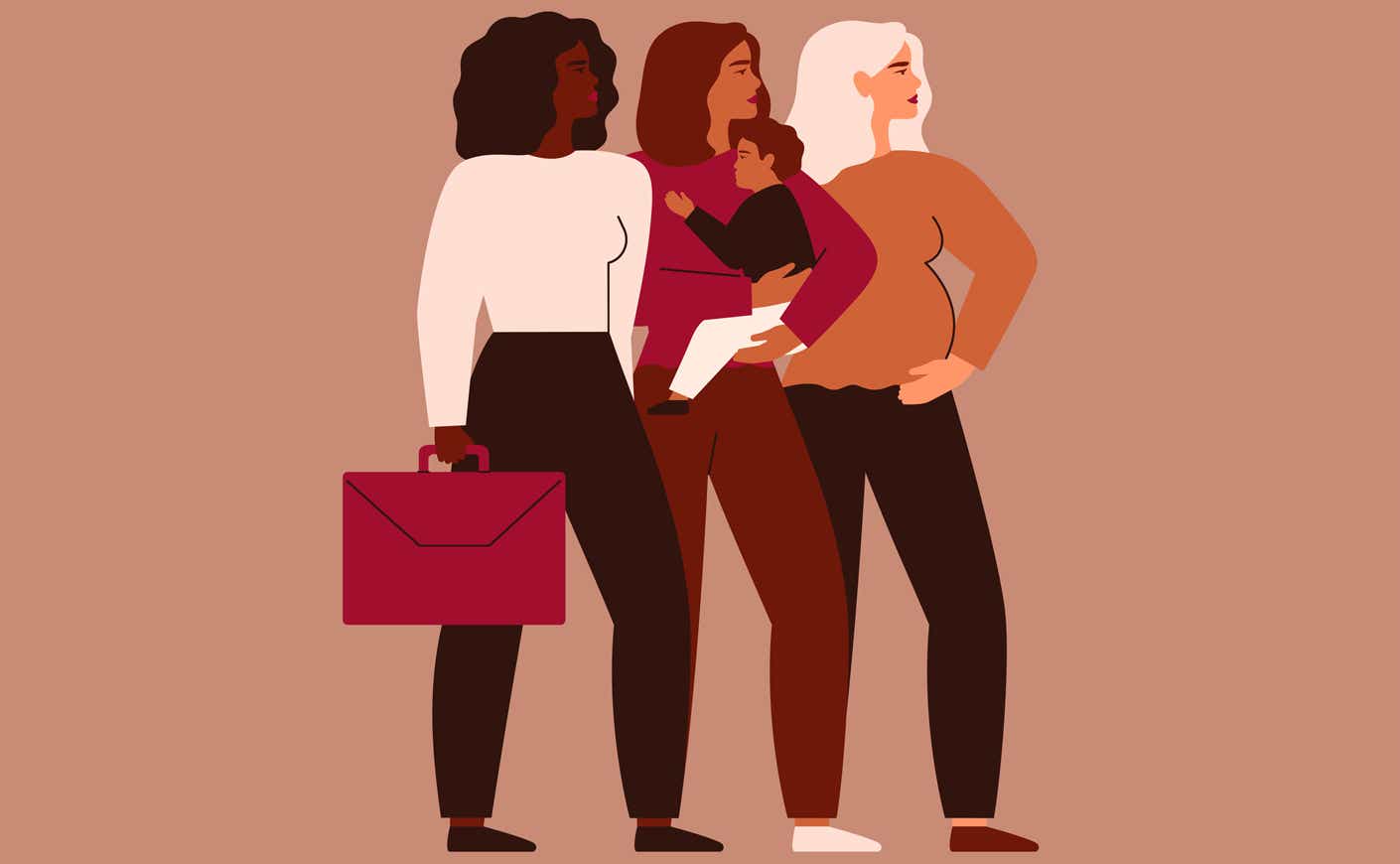The pandemic put working women through the ringer.
First, it pushed millions of them out of the workforce entirely. Through the early stages of the lockdown, they were either laid off or forced to put their careers on hold to care for their kids or relatives around the clock. Then, there was a reckoning in the C-suite: Female execs began quitting at an alarming rate, a movement referred to as the “Great Breakup” in the annual Women in the Workplace report from Lean In and McKinsey.
Now, there’s a new workplace issue for women to contend with, the authors of this year’s report say — and it’s a narrative that may not hold water.
“There are a lot of headlines out there that point to women being less ambitious, particularly after the pandemic,” says Rachel Thomas, co-founder and CEO of Lean In. “Nothing could be further from the truth.”
That women are no less driven, despite the overwhelming stress and uncertainty of the past few years, is one of the key findings from this year’s survey of more than 27,000 employees across the U.S. and Canada. We’re unpacking the results of this eye-opening report and what it says about the ground women have gained — and the headwinds they still face — in corporate America.
What women want from work
According to the study, female workers were just as likely as their male colleagues to view their careers as “important,” and to be hungry for promotions. In fact, researchers found that more women — about 8 in 10 — are eager to climb the corporate ladder now, compared to 2019, when that figure was 7 in 10.
So where does this myth that women’s ambition has fizzled out come from? Blame TikTok. Over the past few months, there’s been a lot of talk about “lazy girl jobs,” a term that originated on the app. Since the term went viral over the summer, it’s touched off a national conversation about what women want from work. But that discourse has strayed from the concept’s original purpose — to nudge women toward well-paying, flexible gigs for better work-life balance — and instead casts the modern working woman as a meandering slacker.
Of course, wanting work that won’t grind you down is not even remotely the same as laziness. What the trend’s really about is prioritizing an overall sense of wellbeing over the rat race. And in many ways, building a career that gives you the freedom to, say, pick the kids up from school or volunteer more is ambitious — just maybe not in the traditional capitalistic sense.
One woman interviewed for last year’s report captured that sentiment well: “Burnout from management responsibilities and unsustainable workload has made me more ambitious, but not in the same way. I’m more ambitious about going after something different. I’m more ambitious about making a career change or going after something where I feel more fulfilled.”
The other thing the authors discovered is that remote work has only fueled this new form of ambition. Between their careers, childcare, housework, and the myriad other demands they’re expected to satisfy, working women have historically juggled more than men; working from home and having some control over their schedules has definitely given them a boost. “It’s really allowed people to fit work into life in ways that we never imagined before, and women are leaning into that,” Thomas says.
It also gives them a leg up in more subtle ways, says Alexis Krivkovich, a senior partner at McKinsey who helped lead the study. Women tend to feel an “urgency to change their appearance” and adjust their behavior to fit in when they’re in the office, Krivkovich says, so being able to log in from their home offices alleviates some of that psychological pressure. According to the survey, 78 percent of women said that remote work opportunities are important to them.
Fixing the “broken rung”
Still, if this perception that women aren’t “motivated” persists, it could threaten the gains they’ve made in the C-suite. About 28 percent of executive roles are now held by women, the report found. That’s far from parity, but it is the highest level since the firms began tracking growth in 2015. Back then, just 17 percent of execs were women, data shows. “That’s really worth celebrating,” Thomas says.
But to accelerate that growth, we must address the “broken rung,” a phenomenon that the authors say has held women back for decades. The idea is that more women aren’t able to break into leadership roles because not enough of them get that crucial first promotion from an entry-level position to manager. McKinsey and Lean In found that for every 100 men who move up, only 87 women do. “So right at the very beginning of their careers, you see this deceleration that affects women but not men,” Krivkovich tells us.

The stats are worse for women of color, but they’re especially bad for Black women: Only 54 are promoted for every 100 men. But back in 2021, Black women were bumped up at the highest rate ever — closing in on the rates enjoyed by men, Thomas says. The drastic dip from that peak two years ago is “particularly concerning,” she says, and could be related to a waning focus on diversity, equity, and inclusion (DEI) initiatives. Many companies stepped up their efforts following the murder of George Floyd and the racial reckoning that gripped the U.S., but research shows much of that progress has been erased.
And fixing that broken rung for all women, says Krivkovich says, is essential to eliminating the “structural bias in the system that’s holding women back.”













